PRESENTERS

Kriss Roebling
Personal
Information
Kriss is a lifelong New Yorker and the great great grandson of Washington and Emily Roebling, the builders of the Brooklyn Bridge. He has spent his entire life steeped in family lore and history, and so has a unique perspective on the amazing story of his family and the bridge that they built. He loves to share his passion for bringing this story to life. He conveys an immediacy in his storytelling that no other tour guide can provide as he shares previously untold family tales, insights, and artifacts which help elucidate our vital connection to this past. He has a long history of sharing his stories, and has spoken publicly at numerous colleges, architectural organizations, cultural societies, consulates and local schools. He's been featured in the New York Times, on BBC Radio, The History Channel, and many other reputable media outlets.
Morning Introductions
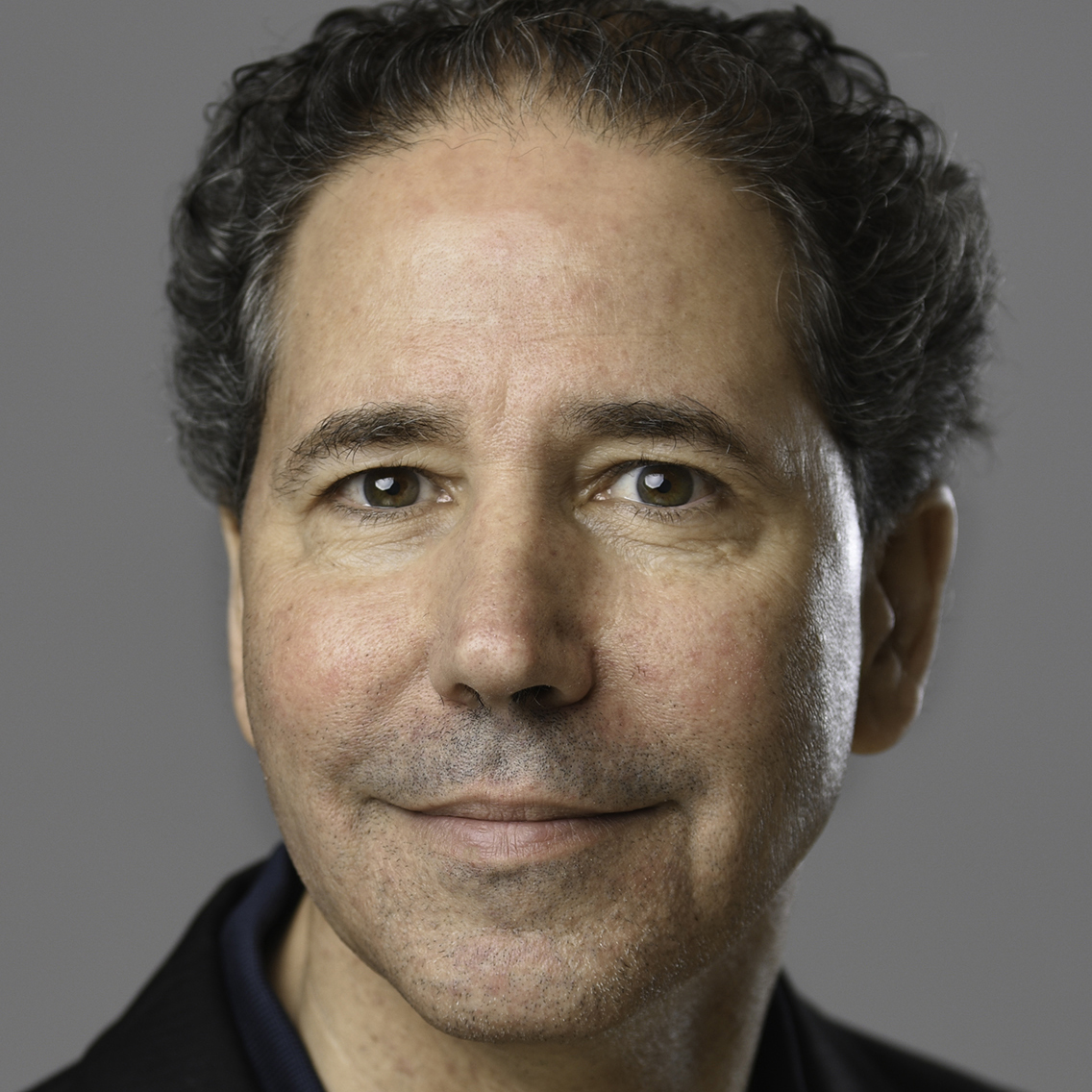
Paul King
Personal
Information
Professor Paul C. King, R.A., teaches Architectural Technology at New York City College of Technology. Educated as an Architect, Landscape Architecture and Urban Designer, his research focuses on the early works of John A. Roebling in context of the development of 19th century suspension bridges in Britain, France and America. In demand as a presenter, he is completing his manuscript “Roebling, Before the Bridge” which focuses on the evolution of Roebling's technical innovations visible in his early works and embodied in the design of his final work, the Brooklyn Bridge.
Keenly interested in the history of the Delaware & Hudson Canal which was built to transport coal from Carbondale Pennsylvania to the Hudson River and on to New York City, Professor King serves as a historical consultant to the National Parks Service, providing tours of Roebling's Delaware Aqueduct and returning each spring to introduce their summer staff to the history of its construction. His technical addendum adding to the documented history of Roebling's cast iron roller saddles for the Delaware Aqueduct on behalf of the Historic American Engineering Record is now part of the national archives and is available at the Library of Congress.
Roebling before the bridge: the early bridges of John A. Roebling
Professor King will introduce the work of John A. Roebling, presenting his early suspension bridges including three located in Pittsburgh, the four aqueducts of the Delaware and Hudson Canal, the Niagara Railway Bridge located close to the falls and his span across the Ohio River connecting Covington Kentucky and Cincinnati Ohio, Roebling's first use of tall arched masonry towers and a direct predecessor of the Brooklyn Bridge.
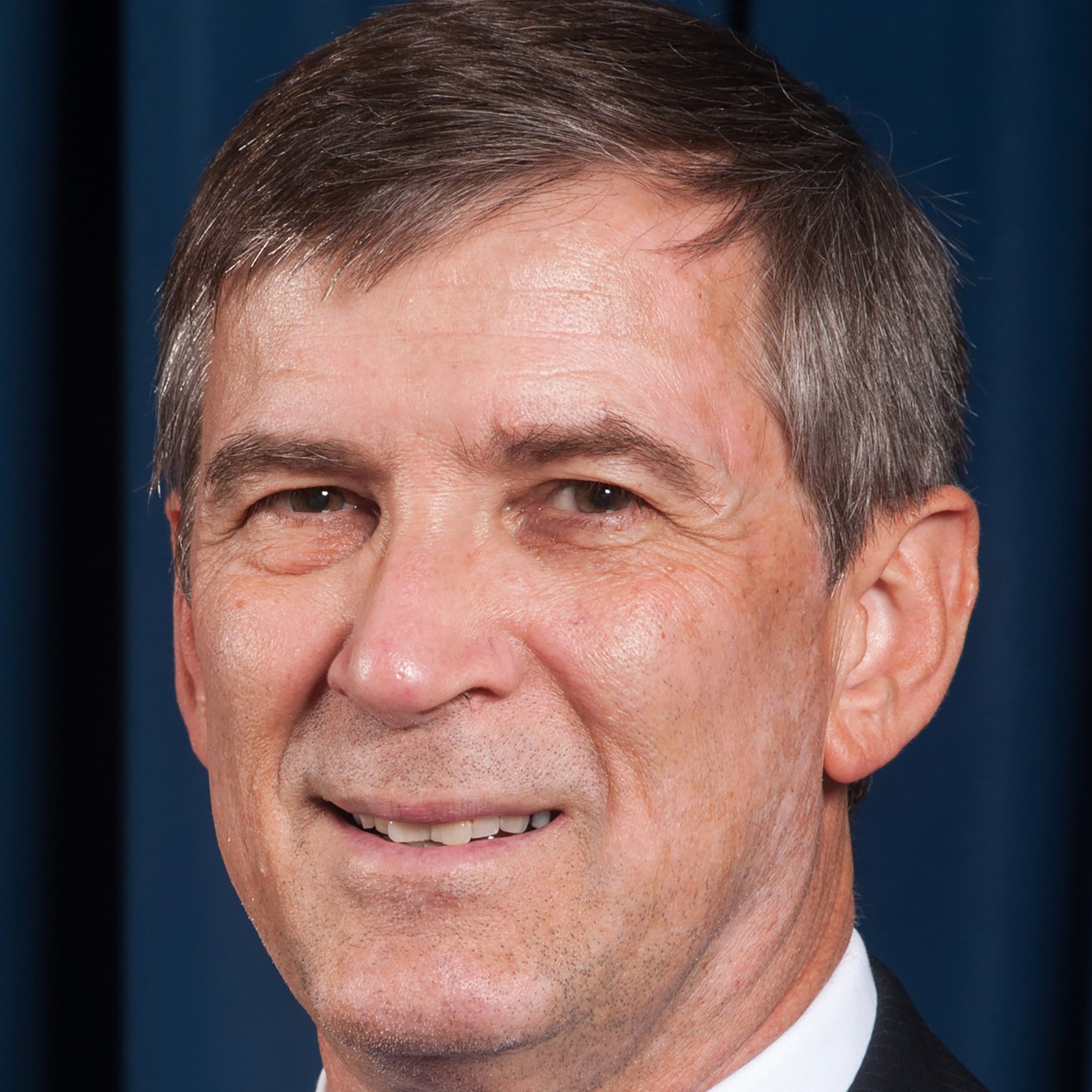
Paul Giroux
Personal
Information
Raymond “Paul” Giroux, Dist. M.ASCE, NAC is a visiting professor of engineering practice at Purdue University Lyles School of Civil Engineering. Prior to his teaching career Paul worked for Kiewit Corporation for 45 years on a wide variety of heavy civil engineering mega projects throughout the United States. Paul played a key role in notable projects such as the Fort McHenry Tunnel in Baltimore, several projects on the Big Dig in Boston including the new Zakim/Bunker Hill Bridge, and the new San Francisco Oakland Bay Bridge East Span.
Giroux is an award-winning civil engineering historian and during the past two decades he had leadership and speaking roles at numerous anniversary events including the Brooklyn Bridge 125th, the Hoover Dam 75th, the Golden Gate Bridge 75th, the Panama Canal 100th, the Grand Coulee Dam 75th, the Transcontinental Railroad 150th, as well as lectures on the Eads Bridge, and the Mackinac Bridge.
Giroux has been an active public speaker, having presented nearly 500 lectures and seminars at over 90 engineering schools as well as professional conferences and public venues. Paul has also been a contributor on the Fox Business News show 'American Built.' Renowned for his ability to bring the past alive with inspirational storytelling and dynamic animations, Paul has shared his lectures to a wide variety of audiences around the world.
Building the Brooklyn Bridge: An Engineer's Perspective
Professor Giroux served as chairman and featured speaker for the Brooklyn Bridge 125th anniversary in May 2008. Giroux's in-depth research, perspective as a modern builder, use of historical photographs, and renowned digital animations are all woven together in his presentation, “Building the Brooklyn Bridge”. Giroux takes us on a journey back in time and brings the story of the Brooklyn Bridge and the Roebling Family back to life. The Brooklyn Historical Society called Giroux's presentation, “absolutely magnificent”.
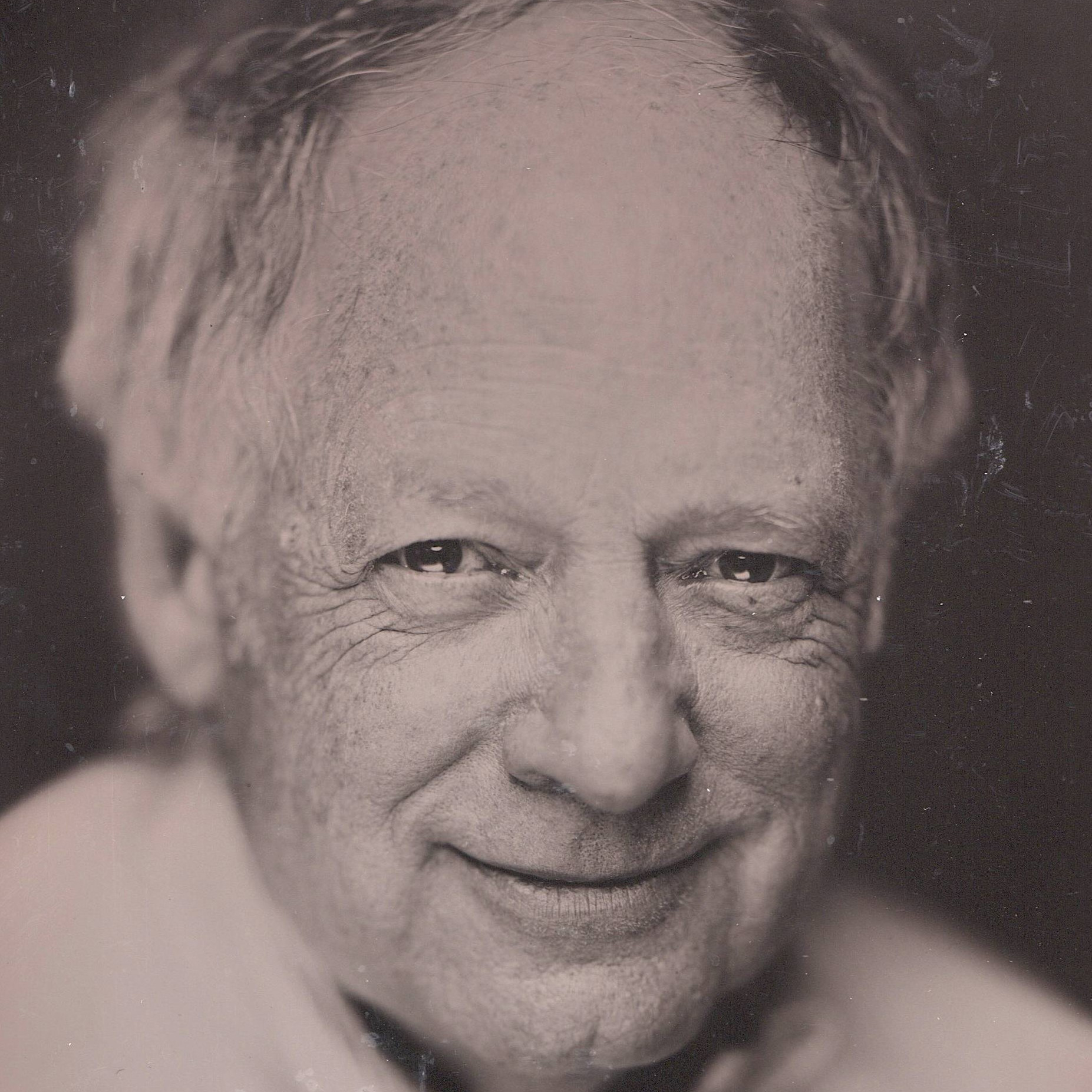
Jeffrey Richman
Personal
Information
Jeff Richman is the historian at Brooklyn's Green-Wood Cemetery. He has been a collector — and fascinated by 19th-century New York--for as long as he can remember. Thirty years ago, Jeff led his first tour at Green-Wood — a place that combines so many of his interests: 19th century New York City and photographs of it, landscape design, sculpture, rural cemeteries, contemporary photography, nature, and more. He became its part-time historian in 2000 (while practicing law, representing indigent criminal defendants for 33 years, both at the trial level and on appeal) and its fulltime historian in 2007. He is the author of four books.
Building the Brooklyn Bridge: A Historian/Collector's Perspective
Author Jeffrey Richman, a lifelong collector, has gathered 253 superb nineteenth-century images, many never before published on the printed page, including photographs, engineering drawings, woodcuts, and colored lithographs, to tell the story of the building of the iconic Brooklyn Bridge. For this book, he also specially created 43 anaglyphs — computer-generated images from 19th-century stereographs — offering the reader the 3D sensation of being at the construction site as the bridge was being built. His book has received an award from the New York City Chapter of the Victorian Society and was selected by the Bowery Boys podcast as a recommended holiday gift. For this slideshow, 3D glasses will be provided free of charge to enable attendees to see the Brooklyn Bridge being built before their very eyes.
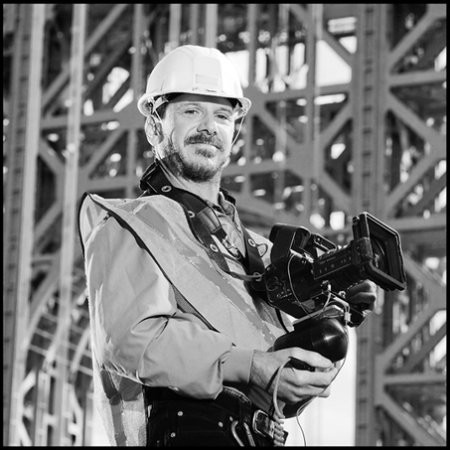
Dave Frieder
Personal
Information
In the words of Kriss Roebling, a direct descendent of John, Washington and Emily Roebling, “Dave is an audacious and passionate artist whose hard earned images of the bridges of New York City disclose a stunning new dimension to our municipal infrastructure. Amongst the many bridges that are represented in this tome is the bridge that my great-great-grandparents built, the Brooklyn Bridge. I am grateful to Dave for leveling his artistic eye on my ancestors' crowning achievement from vantage points that no average photographer would have the vision, or the courage, to pursue. His daredevil capacity to capture the uncaptured image reinvigorates the beauty of my ancestors' work, and delivers that work once again from the realm of visual cliché.”
The Magnificent Bridges of New York City: Featuring the Roebling Bridges
Dave Frieder's exceptional eye as a photographer is on display in his recent book, The Magnificent Bridges of New York City (2019), which features his unprecedented access to all of New York City's bridges. Trained as a gymnast and fearless in his exploits, Dave has climbed to the top of all the city's bridges and has taken one of kind photographs.
Dave will focus on four New York Bridges, the iconic Brooklyn Bridge as well as the Williamsburg, Manhattan, and George Washington Bridges, featuring cables spun by the John A. Roebling Sons Company. Dave shares a passion for bridges and posses a high degree of technical knowledge of their construction.

David Gill
Personal
Information
Consul General of the Federal Republic of Germany, New York
Afternoon Introductions
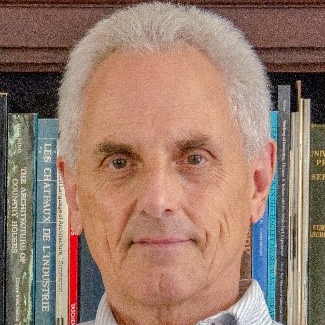
Clifford Zink
Personal
Information
Clifford W. Zink is an historic preservation consultant based in Princeton, New Jersey, and an historian specializing in architectural, industrial, engineering, and landscape history. He received an M.S. in Historic Preservation from Columbia University's Graduate School of Architecture, Planning, and Preservation. C. W. Zink assists clients in preserving, rehabilitating, and interpreting historic sites, and has received historic preservation awards for numerous projects from state, county and local agencies.
Mr. Zink received the 2011 John A. Roebling Award from the Society for Industrial Archeology's Roebling Chapter for an outstanding contribution to documenting or preserving the industrial heritage of the greater New York-New Jersey area. His seven books have received six awards, including and the 2012 New Jersey Author's Award in popular non-fiction from the N. J. Studies Academic Alliance for The Roebling Legacy. He has served as consulting curator at the Roebling Museum, and wrote and directed its orientation film, Roebling Stories.
John A. Roebling's Exceptional Education in Germany
John A. Roebling's design of the Brooklyn Bridge in 1867 made it a national landmark, and in our time the icon of New York. The roots of his design lay in early 19th Prussia, where exceptional developments in education provided him at three levels, in Mühlhausen, Erfurt, and Berlin, with the technical and humanistic foundation of his success, culminating in the monument of engineering and architecture we celebrate today.
Richard Haw
Personal
Information
Richard Haw is a professor in the Department of Interdisciplinary Studies at John Jay College of Criminal Justice (CUNY). He is the native of Leeds in the United Kingdom but has made his home in Brooklyn for the last twenty-two years. He is the author of The Brooklyn Bridge: A Cultural History (2005), Art of the Brooklyn Bridge: A Visual History (2008), and Engineering America: The Life and Times of John A Roebling (2020). In his spare time, he loves to take photographs, make things, hang out with his daughter, and worry about Leeds United, his hometown football team.
John Roebling and the Nineteenth Century
John Roebling was one of the nineteenth century's most brilliant engineers, ingenious inventors, successful manufacturers, and fascinating personalities. Like his finest creations, he was held together by the delicate balance of countervailing forces. On the surface, his life was exemplary and his accomplishments legion. As an immigrant and employer, he was respected throughout the world. As an engineer, his works profoundly altered the physical landscape of America. He was a voracious reader, a fervent abolitionist, and an engaged social commentator. His understanding of the natural world, however, bordered on the occult and his opinions about medicine are best described as medieval. For a man of science and great self-certainty, he was also remarkably quick to seize on a whole host of fads and foolish trends. Yet Roebling held these strands together. This talk will delve beneath Roebling's great engineering feats to examine the man himself; for alongside the drama of large-scale construction lies an equally rich drama of intellectual and social development and crisis, one that mirrored and reflected the great forces, trials, and failures of nineteenth-century America.
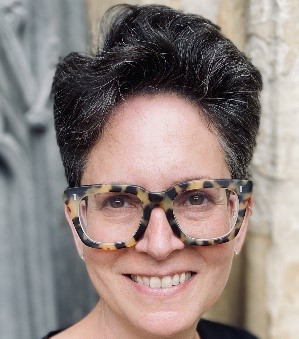
Erica Wagner
Personal
Information
Erica Wagner has been fascinated by the Brooklyn Bridge and its builder since she first walked across its span at the age of 16. She is the author of Chief Engineer: Washington Roebling, The Man Who Built the Brooklyn Bridge. Published in 2017, it is a biography of John Roebling's eldest son Washington Roebling who took over as chief engineer and was responsible for the construction of the Brooklyn Bridge. It was one of the Economist's Books of the Year and was described by that publication as “a masterful psychological study about duty and drive.” Her most recent book is Mary and Mr Eliot: A Sort Of Love Story, out this year from Farrar, Straus and Giroux. She was the literary editor of the London Times for seventeen years and is a contributing writer for the New Statesman and consulting literary editor for Harper's Bazaar. She is Goldsmiths Distinguished Writers' Centre Fellow and on the Board of Directors at Creatd, Inc.
Washington & Emily Roebling: an unprecedented construction, a remarkable marriage
Erica will discuss the contributions of Washington and Emily Roebling, how Washington came to be chief engineer, the drama surrounding the death of his father John, his innovative work on the bridge and the role played by his wife Emily Roebling.